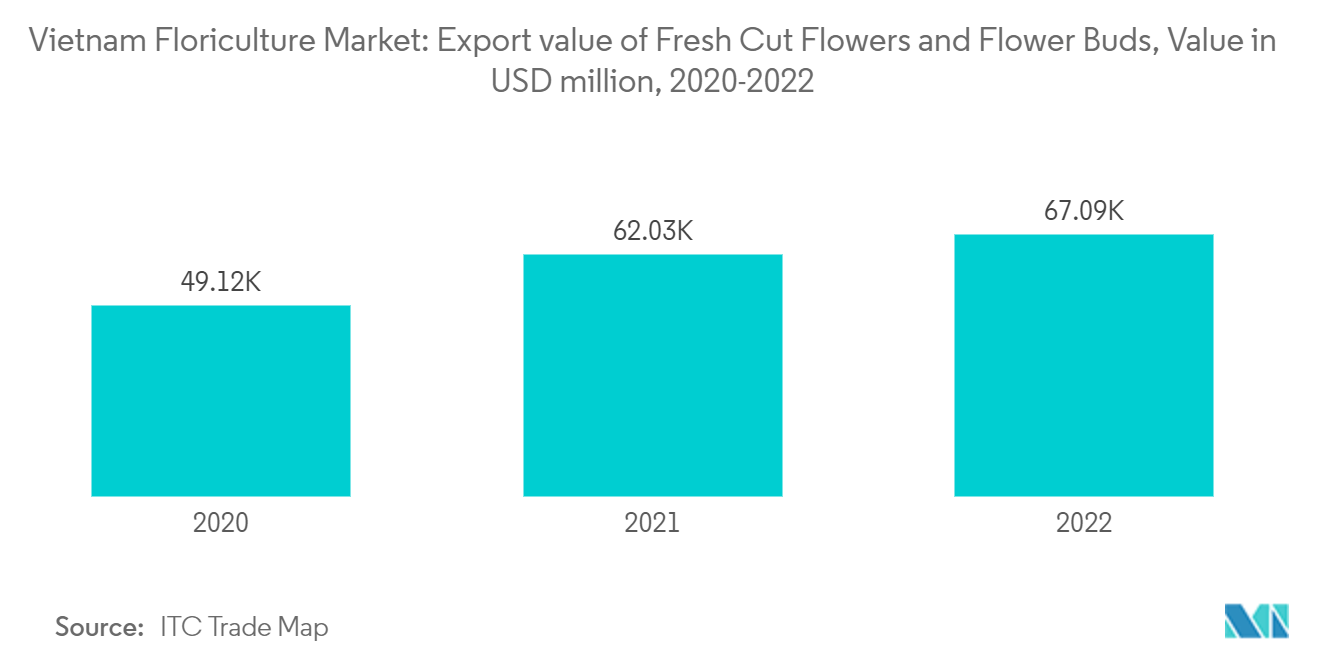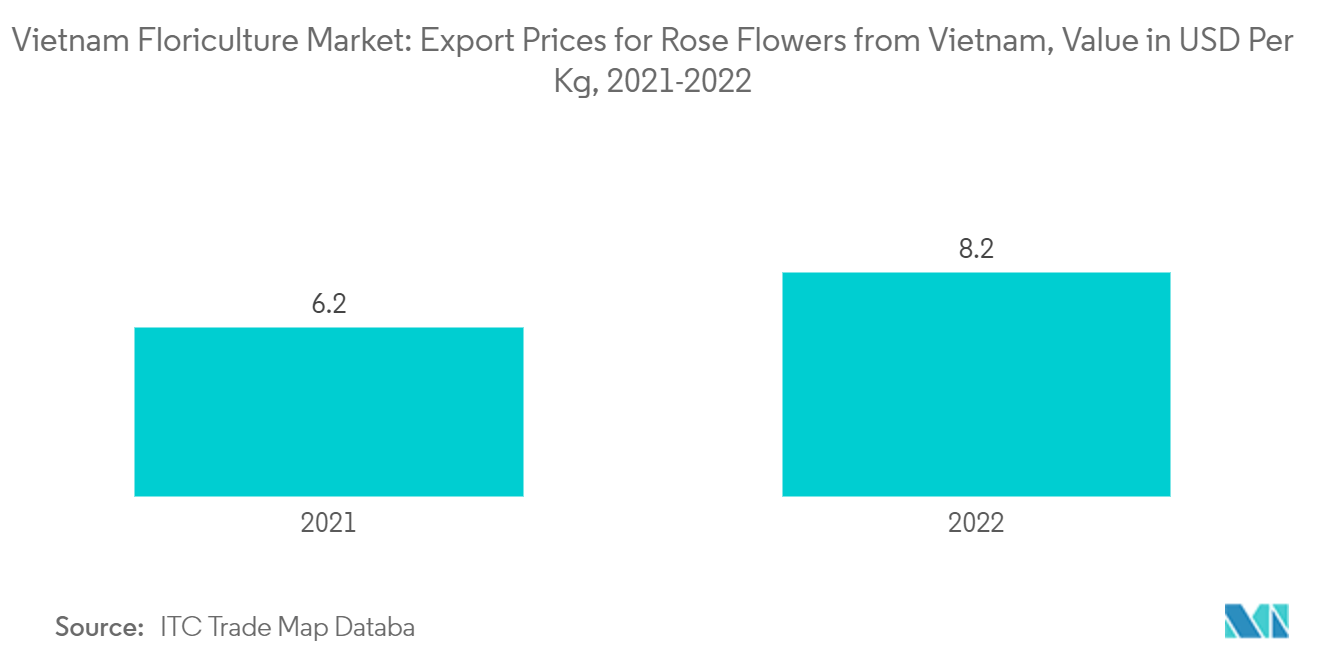Market Trends of Vietnam Floriculture Industry
Favorable Climate and Socioeconomic Conditions Propel Market Growth
Vietnam's climate, spanning subtropical, tropical, and temperate zones, is shaped by tropical monsoons, varied altitudes, and latitudes. This diverse climate supports year-round flower cultivation, catering to a wide market. Lam Dong province, known for its optimal day-night temperatures and vast flatlands, has become a major center for large-scale flower production. The region's landscape, characterized by fertile alluvial soil in its numerous river deltas, is particularly conducive to extensive cut flower cultivation. Noteworthy regions like the Red River Delta and Mekong Delta stand out, offering ideal conditions for premium flower growth and potential production expansion.
Southern Vietnam, especially Dalat and Dong Thap, plays a crucial role in the nation's floriculture. Dalat, situated northeast of HCMC, is hailed as Vietnam's horticultural heart, benefiting from its temperate climate and high humidity, perfect for various perennials. Roses, a highlight, are a key crop in Dalat, finding markets locally and internationally. On the other hand, Dong Thap, located southwest of HCMC, is rapidly evolving into a significant floriculture center. Vietnam's flower exports surged from 7,632 metric tons in 2020 to 11,480 metric tons in 2022, with Japan leading as the top importer, trailed by South Korea and Australia.
With Vietnam's expanding middle class and the growing popularity of flower exhibitions, the demand for domestic flowers is climbing. The nation's flower growers fall into two main categories: traditional and advanced. While traditional growers typically yield only a few flowers per square meter, advanced techniques can produce over 150 higher-quality flowers in the same area. Consequently, there's a notable shift towards advanced greenhouse technologies and more productive flower varieties. These trends are driving up the demand for high-quality Vietnamese flowers. The Vietnamese government has implemented policies focusing on training, market development, financial incentives, and subsidies, all designed to boost productivity and promote technology adoption in the floriculture sector.

Rose is a Favorable Choice in Vietnam
According to the 2022 Statistical Yearbook of Provinces Data, roses represented 21% of Vietnam's total flower production. Dominating the scene, the Red River Delta boasted 7.2 thousand hectares, constituting 45% of the nation's rose cultivation. Major importers of these roses include China, Singapore, and Japan.
In Vietnam, roses reign as the most favored flower. Major production hubs include bustling cities like Hanoi, Ho Chi Minh City, Hai Phong, and the picturesque Dalat. Over recent years, the area dedicated to rose cultivation has seen significant expansion, with projections indicating further growth. Regions such as the Red River Delta, Dalat, and Ho Chi Minh City facilitate the annual planting and harvesting of roses.
Popular varieties include white and red roses in Quang, light yellow and light pink in Dalat, black red, and creeping roses in various locales. The White Stacked Rose or Nam Dinh Ancient rose is cultivated using traditional methods.


